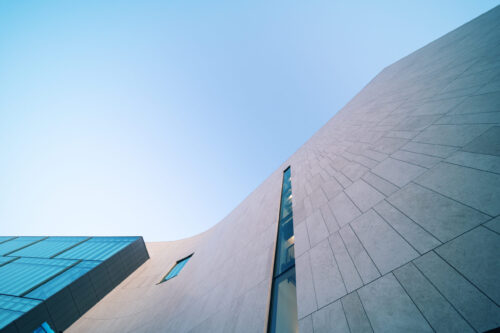Spending growth slows in non-residential building market
Non-residential construction activity continues at a high level but has not expanded since last fall, after adjusting for project cost inflation, according to Reed Construction Data. However five markets continue to expand—mostly in the plants, utilities, and hotels sectors.
Non-residential construction activity continues at a high level, but has not expanded since last fall, after adjusting for project cost inflation, according to Reed Construction Data . However five markets continue to expand. The growth in construction spending from November to June is 19% for manufacturing, 17% for power (electric and gas utilities plus energy industries), 15% for water (entirely new treatment plants), 15% for hotels (mostly destination hotels), and 8% for public safety buildings.
The slowdown is evident in the construction starts totals from Reed Construction Data. The YTD (July) value of starts was down 6% compared to the first seven months of last year. July starts were relatively weak after strong totals in May and June. Only a few small markets have clearly expanded: government offices (100%), libraries and museums (43%), dams and marine (22%), parking garages (21%), and airports (18%).
Among major markets the largest decline is for commercial buildings (mainly retail buildings) where reduced returns on investment prospects quickly caused project deferrals and cancellations. This slowdown is in response to the recession in the domestic economy and will quickly reverse when the recession end by year end. Then renewed, if modest, expansion in the commercial sector will resume.
Do you have experience and expertise with the topics mentioned in this content? You should consider contributing to our CFE Media editorial team and getting the recognition you and your company deserve. Click here to start this process.




